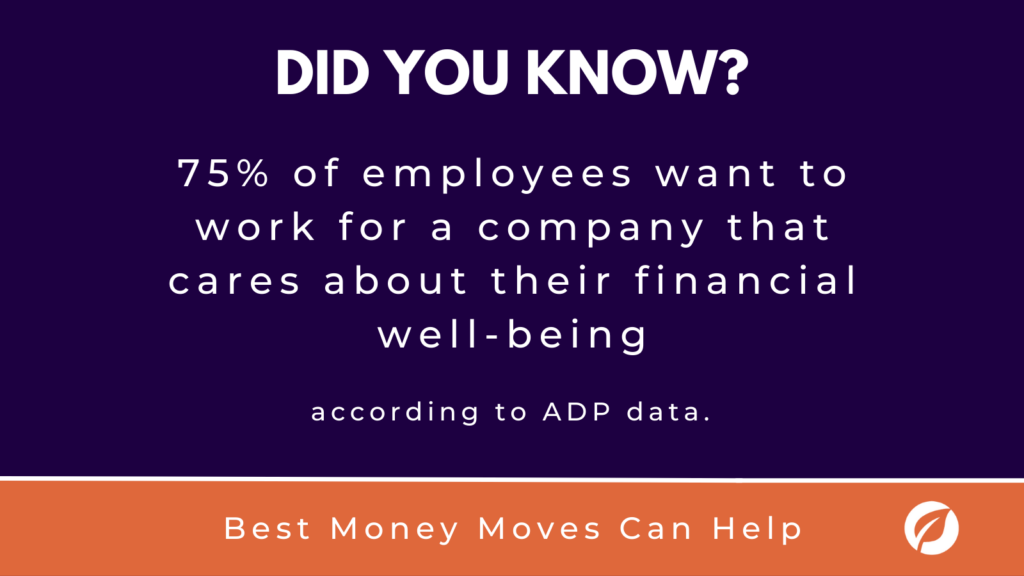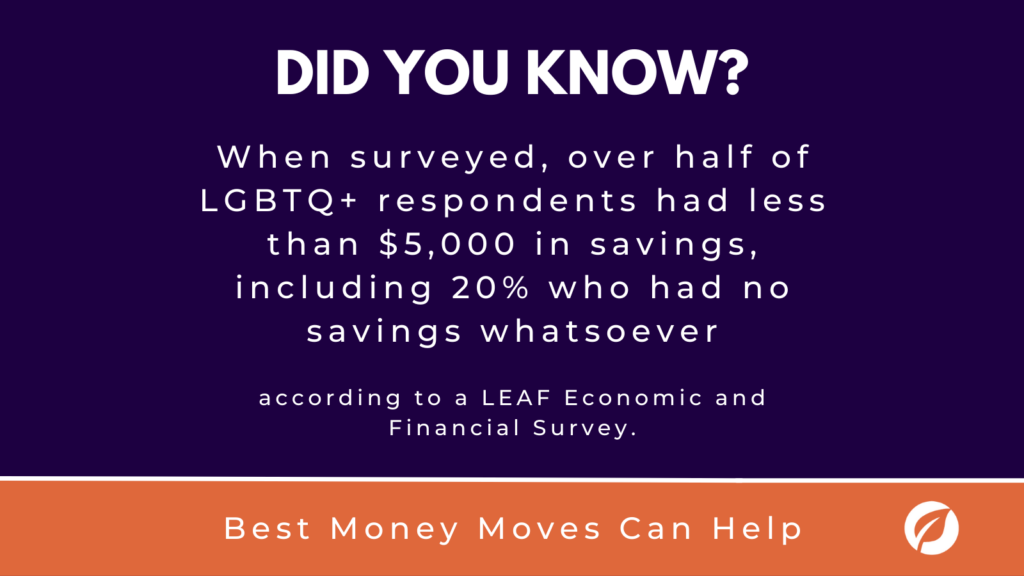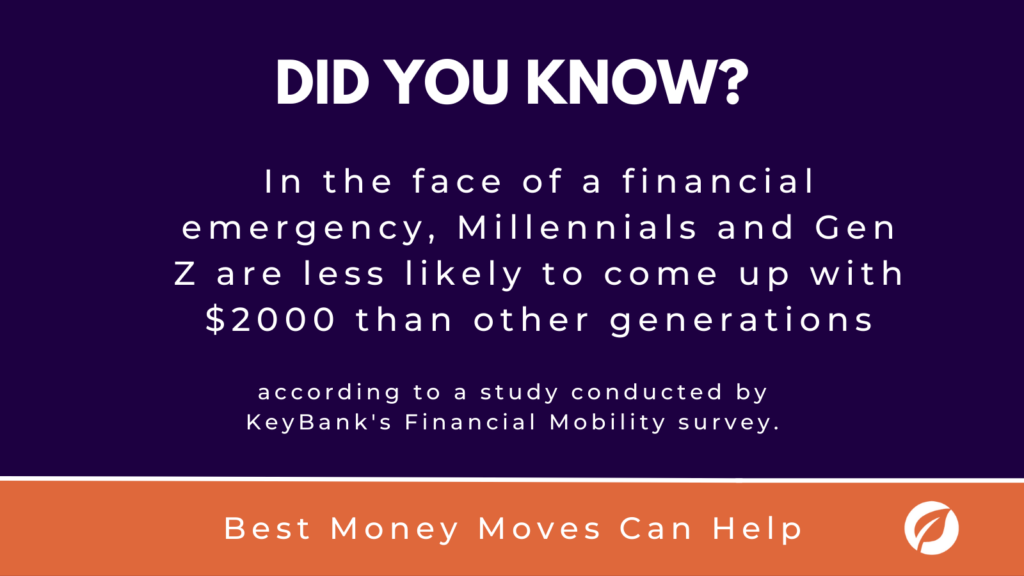
What is Company Culture? (And How to Make Your Team Feel Valued)
A strong company culture is a driving factor in keeping your employees motivated at the office. According to a recent survey by Eagle Hill Consulting, 74% of American workers said that having a strong company culture positively impacts efficiency and productivity.
As an employer, it’s important to know what company culture is and to recognize the best ways to foster a collaborative work environment. Here are 4 great ways to improve company culture and get more out of your employees.
What is Company Culture?
Company culture refers to the shared ideas, values, standards and behaviors regarding how a workplace operates. Culture is developed among all members of your team — from C-suite executives to your newest hires. How are things done around your workplace? How do your employees communicate with one another? How are employees recognized, promoted or terminated? Are key organizational decisions made? The answers to all of these questions make up your organization’s culture.
Company culture plays an important role in how current and potential employees feel about your workplace. According to a 2018 study by Robert Half Talent Solutions, 35% of employees would turn down a role if the role was a perfect fit but the culture wasn’t. Additionally, another survey conducted by Glassdoor found that 71% of employees would leave their current role if their current company culture deteriorated.
Employers who recognize the importance of company culture can refine their workplace to gain a crucial leg up in hiring and retention.
4 Ways to Build a Culture that Validates Your Team
If you’re looking to build a stronger workforce, start by curating a strong company culture. These four strategies are key.
1. Curate strong leaders to promote deeper employee connection
Setting the tone of the office starts at the top. A leader, whether of a small team or of an entire organization, is in a unique position to motivate and support their employees affecting a large portion of the company. According to O.C. Tanner’s 2019 Global Culture Report, having a leader who is an active mentor led to a 102% increase in feeling motivated and a 76% increase in employees feeling connected with their leadership. Creating a deeper bond with co-workers makes it easier to elevate the employee experience.
2. Be flexible with the members of your team
Employees increasingly want control over their schedules and the amount they work from home. Outside of the daily schedule, employees respond well if they know they can take time for themselves to deal with a wide range of problems from sudden tragedies to mental health concerns. When surveyed by Deloitte, over 94% of respondents felt that flexibility would be beneficial to their workplace performance, citing improved mental health outcomes and a better work/life balance. In the same survey, over 30% of respondents said that flexibility would improve their overall job satisfaction and another 30% felt it would increase their productivity overall.
3. Identify and celebrate key contributors
Recognition can come in many forms from financial to social. The main point here is to create some sort of reward system that can help motivate employees and band people together. According to that same study by O.C. Tanner, 78% of employees said they are highly engaged when working for a company that has strong recognition compared to 34% of employees who are highly engaged when working for a company with weak recognition. It’s important to keep this competition friendly, which in turn can help bolster interoffice relationships.
4. Provide essential and holistic workplace benefits
Providing a holistic financial wellness program sends a message from employer to employee that their needs both in the office and at home are important. According to ADP, 75% of employees want to work for a company that cares about their financial well-being. Problems at home can often trickle into the office, affecting workplace mood and productivity. Addressing these issues makes it easy to build a healthy company culture with a team of workers who know their employer cares about them on all levels, not just professionally.
Best Money Moves is a mobile-first financial wellness solution designed to help dial down employees’ most top-of-mind financial stresses. As an easy-to-use financial well-being solution, Best Money Moves offers comprehensive support toward any money-related goal. With 1:1 money coaching, budgeting tools and other resources, our AI platform is designed to help improve employee financial well-being. Our platform, with a human-centered design, is fit for employees of any age.
Whether it be retirement planning or securing a mortgage, Best Money Moves can guide employees through the most difficult financial times and topics. We have robust benefits options for employers, regardless of their benefits budget.
Our dedicated resources, partner offerings and 700+ article library make Best Money Moves a leading benefit in bettering employee financial wellness.
To learn more about Best Money Moves Financial Wellness Platform, let’s schedule a call. Contact us and we’ll reach out to you soon.









